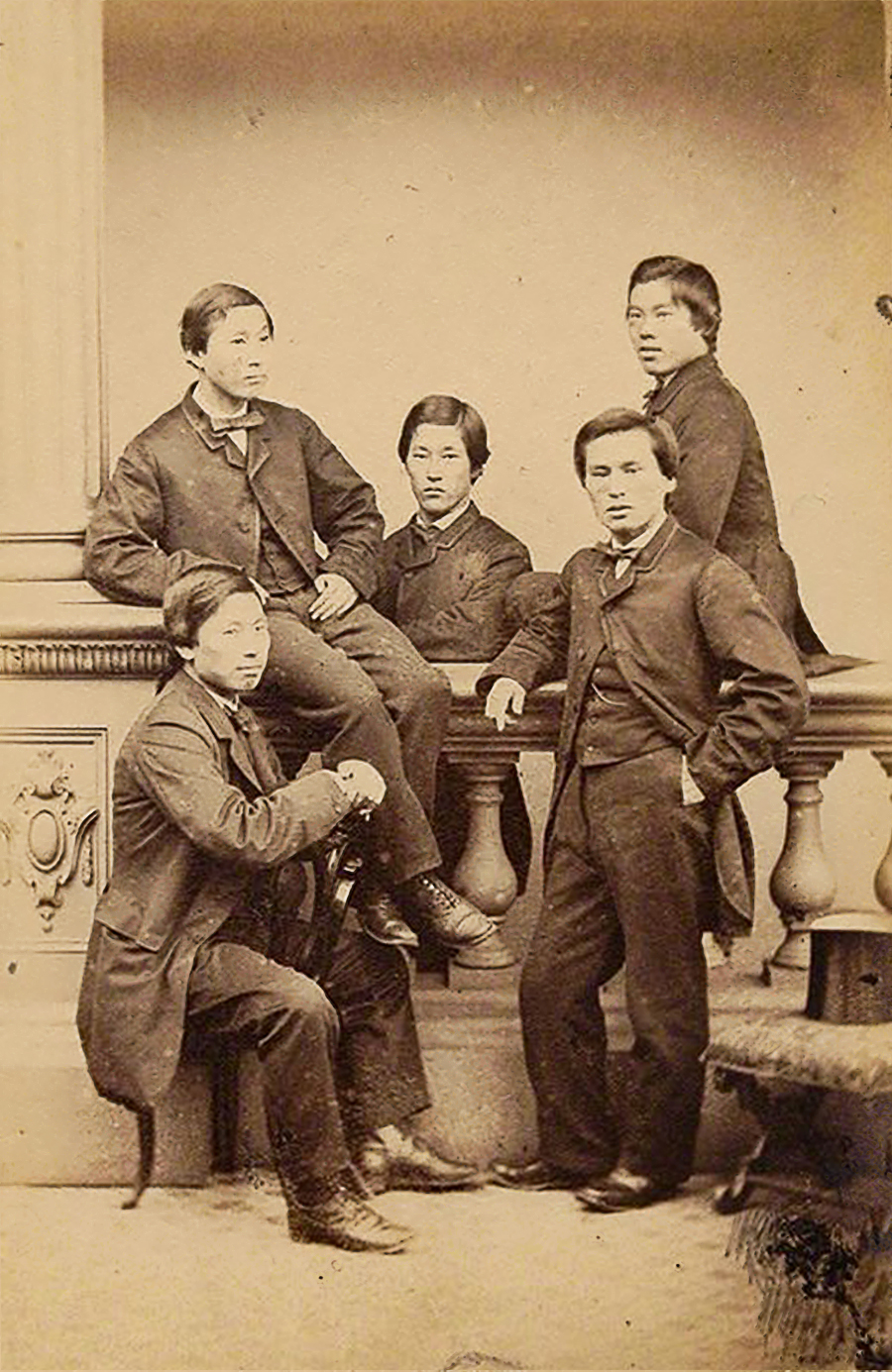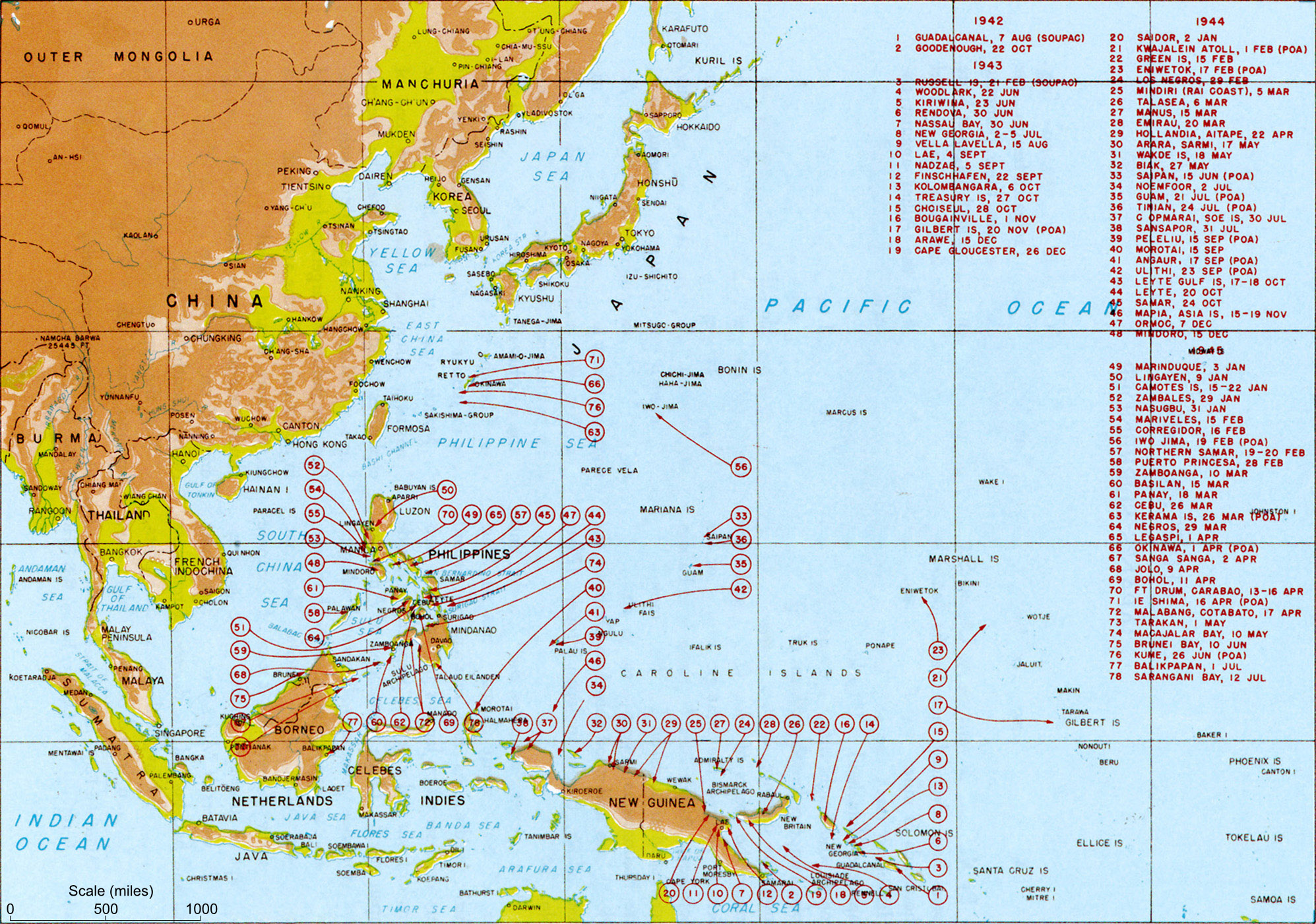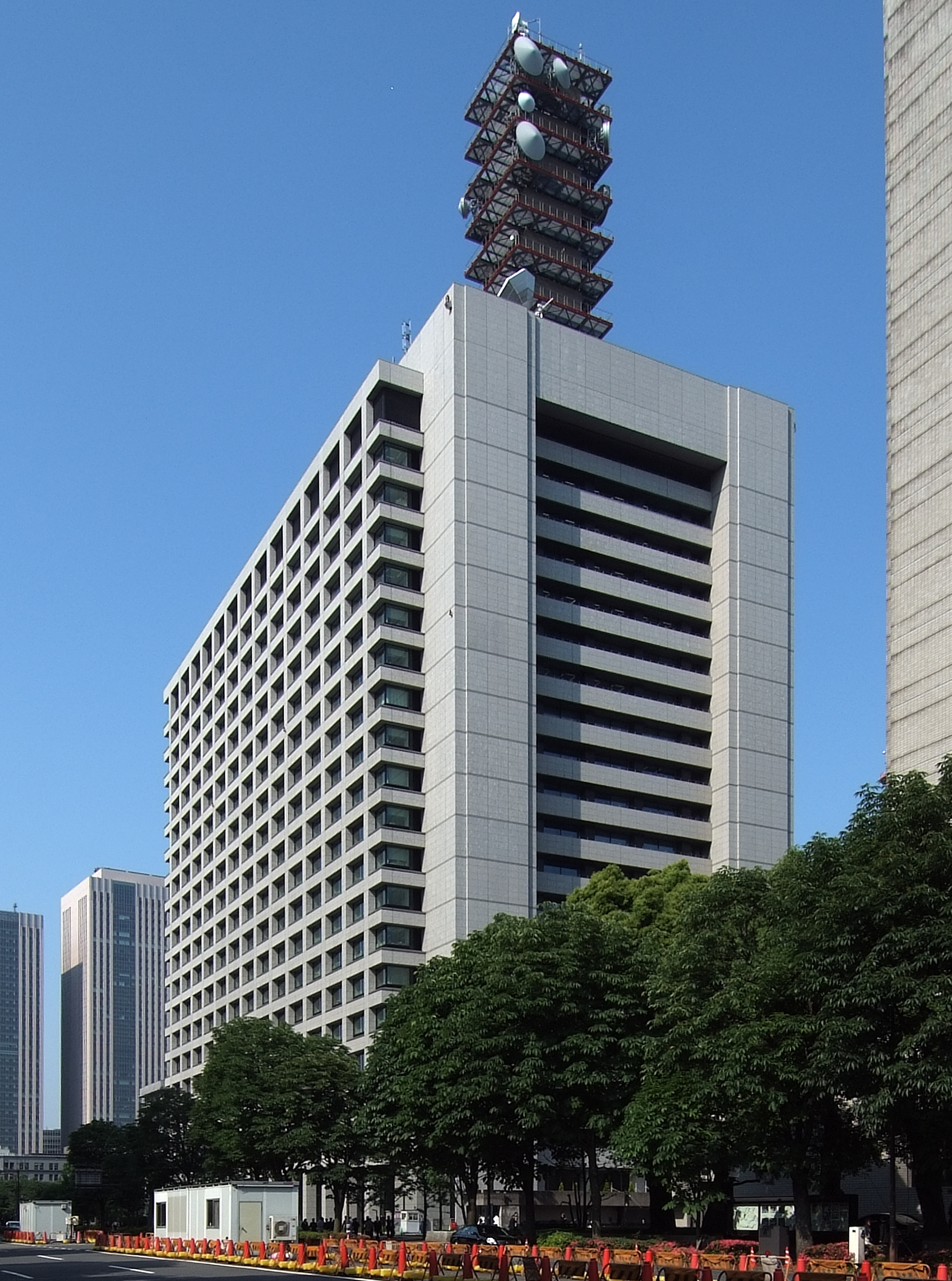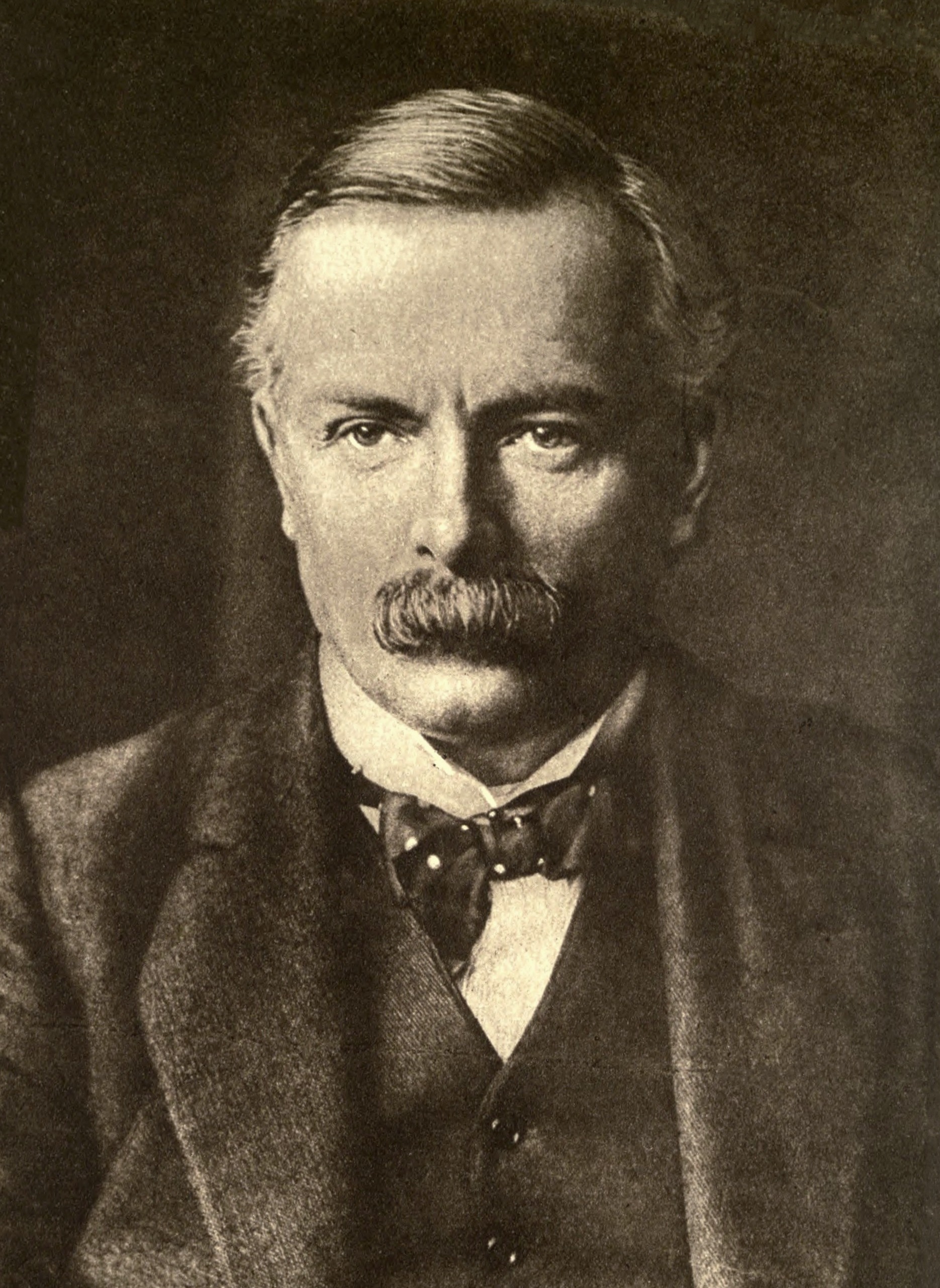|
Ministry Of Communications (Japan)
The was a Cabinet (government), Cabinet-level ministry in the Empire of Japan. Its modern successors include the Ministry of Internal Affairs and Communications, Japan Post and Nippon Telegraph and Telephone. History Meiji period On December 22, 1885 the Ministry of Communications was established, combining the Bureau of Posts and Shukuba, Post Station Maintenance and Shipping Bureau formerly under the Ministry of Agriculture and Commerce with the Telegraph Bureau and Lighthouse Management Bureau formerly under the Ministry of Industry. On August 16, 1891, the ministry was also placed in charge of the nascent Japanese electric power industry. On July 21, 1892, the Railway Bureau was transferred to the Ministry of Communications from the Home Ministry (Japan), Home Ministry and from November 10, 1893, the ministry was charged with the supervision of all land and water transportation businesses. However, on December 5, 1908, the Railway Bureau was separated to become an indep ... [...More Info...] [...Related Items...] OR: [Wikipedia] [Google] [Baidu] |
Ministry Of Posts And Telecommunications (Japan)
The was one of the Ministries of Japan, ministries in the Japanese government. It was formed on 1 August 1952 by the merger of the Ministry of Postal Services (郵政省) and the Ministry of Telecommunications (電気通信省), which themselves superseded the from 1 April 1946. The ministry introduced the POSIVA system for giving aid to foreign countries in January 1991. In January 2001, the ministry was merged with other ministries to form the Ministry of Internal Affairs and Communications. The Postal Services Agency, under the new ministry, continued the POSIVA program. References External links * * Former government ministries of Japan, Posts and Telecommunications 1946 establishments in Japan 2001 disestablishments in Japan Communications ministries, Japan {{Telecommunications-stub ... [...More Info...] [...Related Items...] OR: [Wikipedia] [Google] [Baidu] |
Army Ministry
The , also known as the Ministry of War, was the cabinet-level ministry in the Empire of Japan charged with the administrative affairs of the Imperial Japanese Army (IJA). It existed from 1872 to 1945. In the IJA and the Imperial Japanese Navy (IJN), the ministries were in charge of ''Gunsei'' (軍政, military administration), and Army General Staff Office and Navy General Staff were in charge of ''Gunrei'' (軍令, military command). The two were distinguished. History The Army Ministry was created in April 1872, along with the Navy Ministry, to replace the of the early Meiji government. Initially, the Army Ministry was in charge of both administration and operational command of the Imperial Japanese Army. However, with the creation of the Imperial Japanese Army General Staff Office in December 1878, it was left with only administrative functions. Its primary role was to secure the army budget, weapons procurement, personnel, relations with the National Diet and the Cab ... [...More Info...] [...Related Items...] OR: [Wikipedia] [Google] [Baidu] |
Yamagata Aritomo
Prince was a Japanese politician and general who served as prime minister of Japan from 1889 to 1891, and from 1898 to 1900. He was also a leading member of the '' genrō'', a group of senior courtiers and statesmen who dominated the politics of Japan during the Meiji era. As the Imperial Japanese Army's inaugural Chief of Staff, he shaped the military's nationalist and reactionary ideology, which has led some historians to consider him the "father" of Japanese militarism. Yamagata Aritomo was born in the Chōshū Domain to a low-ranking samurai family, and after the opening of Japan in 1854 became active in the movement to overthrow the shogunate. As a member of the new government after the Meiji Restoration of 1868, he went overseas to study military systems, and from 1873 headed the Army Ministry. Yamagata was instrumental in drafting the Conscription Ordinance of 1873 and quelling the Satsuma Rebellion of 1877. He also was involved in the Imperial Rescript to Soldier ... [...More Info...] [...Related Items...] OR: [Wikipedia] [Google] [Baidu] |
Gotō Shōjirō
Count was a Japanese samurai and politician during the Bakumatsu period, Bakumatsu and early Meiji period of Japanese history.Nussbaum, Louis-Frédéric. (2005). "Gotō Shōjirō" in He was a leader of which would evolve into a political party. Early life Gotō was born in Tosa Domain (present day Kōchi Prefecture). Together with fellow Tosa ''samurai'' Sakamoto Ryōma, he was attracted by the radical pro-Imperial ''Sonnō jōi'' movement. After being promoted, he essentially seized power within the Tosa Domain's politics and exerted influence on Tosa ''daimyō'' Yamauchi Toyoshige to call on ''shōgun'' Tokugawa Yoshinobu to return power peacefully to the Emperor. Meiji statesman and liberal agitator After the Meiji Restoration, Gotō was appointed to a number of posts, including that of Governor of Osaka, and ''sangi'' (councillor), but later left the Meiji government in 1873 over disagreement with the government's policy of restraint toward Korea (i.e. the ''Seikanr ... [...More Info...] [...Related Items...] OR: [Wikipedia] [Google] [Baidu] |
Kuroda Kiyotaka
Count was a Japanese politician and general who served as prime minister of Japan from 1888 to 1889. He was one of the '' genrō'', or senior statesman of the Meiji era. Born in the Satsuma Domain to a samurai family, Kuroda was involved in the colonization of Hokkaido, the Japan–Korea Treaty of 1876, and the suppression of the Satsuma Rebellion in 1877. After his tenure as prime minister, which ended due to his inability to revise the unequal treaties imposed on Japan, Kuroda also served as Minister of Communications and President of the Privy Council. Biography As a Satsuma samurai Kuroda was born to a samurai-class family serving the Shimazu ''daimyō'' of Kagoshima, Satsuma Domain, in Kyūshū. In 1862, Kuroda was involved in the Namamugi incident, in which Satsuma retainers killed a British national who refused to bow down to the ''daimyo's'' procession. This led to the Anglo-Satsuma War in 1863, in which Kuroda played an active role. Immediately after the war, ... [...More Info...] [...Related Items...] OR: [Wikipedia] [Google] [Baidu] |
Itō Hirobumi
Kazoku, Prince , born , was a Japanese statesman who served as the first prime minister of Japan from 1885 to 1888, and later from 1892 to 1896, in 1898, and from 1900 to 1901. He was a leading member of the ''genrō'', a group of senior statesmen that dictated policy during the Meiji era. Born into a poor farming family in the Chōshū Domain, Itō and his father were adopted into a low-ranking samurai family. After the opening of Japan in 1854, he joined the nationalist ''sonnō jōi'' movement before being sent to England to study at University College London in 1863. Following the Meiji Restoration of 1868, Itō was appointed the junior councilor for foreign affairs in the newly formed Empire of Japan. In 1870, he traveled to the United States to study Western currency, and subsequently helped establish Japan's taxation system in 1871. Itō then set off on another overseas trip with the Iwakura Mission to the U.S. and Europe. Upon his return to Japan in 1873, he became a f ... [...More Info...] [...Related Items...] OR: [Wikipedia] [Google] [Baidu] |
Enomoto Takeaki
Viscount was a Japanese samurai and admiral of the Tokugawa navy of Bakumatsu period Japan, who remained faithful to the Tokugawa shogunate and fought against the new Meiji government until the end of the Boshin War. He later served in the Meiji government as one of the founders of the Imperial Japanese Navy. Biography Early life Enomoto was born as a member of a samurai family in the direct service of the Tokugawa clan in the Shitaya district of Edo (modern Taitō, Tokyo). Enomoto started learning Dutch in the 1850s, and after Japan's forced "opening" by Commodore Matthew Perry in 1854, he studied at the Tokugawa shogunate's Naval Training Center in Nagasaki and at the Tsukiji Warship Training Center in Edo. At the age of 26, Enomoto was sent to the Netherlands to study western techniques in naval warfare and to procure western technologies. He stayed in Europe from 1862 to 1867, and became fluent in both the Dutch and English languages. Enomoto returned to Japan o ... [...More Info...] [...Related Items...] OR: [Wikipedia] [Google] [Baidu] |
Supreme Commander For The Allied Powers
The Supreme Commander for the Allied Powers (), or SCAP, was the title held by General Douglas MacArthur during the United States-led Allied occupation of Japan following World War II. It issued SCAP Directives (alias SCAPIN, SCAP Index Number) to the Japanese government, aiming to suppress its "militaristic nationalism". The position was created at the start of the occupation of Japan on August 14, 1945. It was originally styled the Supreme Commander of the Allied Powers. In Japan, the position was generally referred to as GHQ (General Headquarters), as SCAP also referred to the offices of the occupation (which was officially referred by SCAP itself as ), including a staff of several hundred US civil servants as well as military personnel. Some of these personnel effectively wrote a first draft of the Japanese Constitution, which the National Diet then ratified after a few amendments. Australian, British Empire, and New Zealand forces under SCAP were organized into a sub-comm ... [...More Info...] [...Related Items...] OR: [Wikipedia] [Google] [Baidu] |
Surrender Of Japan
The surrender of the Empire of Japan in World War II was Hirohito surrender broadcast, announced by Emperor Hirohito on 15 August and formally Japanese Instrument of Surrender, signed on 2 September 1945, End of World War II in Asia, ending the war. By the end of July 1945, the Imperial Japanese Navy (IJN) was incapable of conducting major operations and an Operation Downfall, Allied invasion of Japan was imminent. Together with the United Kingdom and Republic of China (1912–49), China, the United States called for the unconditional surrender of Japan in the Potsdam Declaration on 26 July 1945—the alternative being "prompt and utter destruction". While publicly stating their intent to fight on to the bitter end, Japan's leaders (the Supreme War Council (Japan), Supreme Council for the Direction of the War, also known as the "Big Six") were privately making entreaties to the publicly neutral Soviet Union to mediate peace on terms more favorable to the Japanese. While mainta ... [...More Info...] [...Related Items...] OR: [Wikipedia] [Google] [Baidu] |
Ministry Of Land, Infrastructure, Transport And Tourism
The , abbreviated MLIT, is a ministry of the Japanese government.国土交通省設置法 , Ministry of Internal Affairs and Communications. It is responsible for one-third of all the laws and orders in Japan and is the largest Japanese ministry in terms of employees, as well as the second-largest executive agency of the Japanese government after the Ministry of Defense. The ministry oversees four external agencies including the , the |
Minister Of Munitions
The Minister of Munitions was a British government position created during the First World War to oversee and co-ordinate the production and distribution of munitions for the war effort. The position was created in response to the Shell Crisis of 1915 when there was much newspaper criticism of the shortage of artillery shells and fear of sabotage. The Ministry was created by the Munitions of War Act 1915 passed on 2 July 1915 to safeguard the supply of artillery munitions. Under the very vigorous leadership of Liberal party politician David Lloyd George, the Ministry in its first year set up a system that dealt with labour disputes and fully mobilized Britain's capacity for a massive increase in the production of munitions. The government policy, according to historian J. A. R. Marriott, was that: : No private interest was to be permitted to obstruct the service, or imperil the safety, of the State. Trade Union regulations must be suspended; employers' profits must be limite ... [...More Info...] [...Related Items...] OR: [Wikipedia] [Google] [Baidu] |








